Tips to Control Millipedes Indoors

Millipedes are tiny insects, have you ever wondered how many legs Millipedes have, it’s believed that millipedes have somewhere in the area of 40 to 400 legs although the name millipede means 1000 legs. Millipedes are not harmful, they will not sting or bite you but give off a foul odor, the benefits of millipedes however are their presence in the garden is an indication of them helping in the process of providing organic matter.
But their population can grow to the point where they will seek an entry point into your home when there is excess rain or under drought conditions where they are in search of water. Once indoors they will seek out damp areas for example crawlspaces, laundry rooms, and basements. We will be taking a closer look at not only how to prevent millipedes from entering your house but also control measures to put in place if you discover that your home has millipedes.
Millipedes are arthropods and not worms as some might think, arthropods meaning they are invertebrates with an exoskeleton, a segmented body, and jointed appendages. Millipedes are likened to recyclers of nature, they are known to be detritivores feeding on dead plants and animals as they decompose. As said earlier millipedes break down natural waste.
How to Control Millipedes Outdoors
The first step to controlling millipedes indoors is by controlling them outdoors, by controlling them outdoors will reduce their population here is what to do.
- Because millipedes love moist areas and dead or decaying matter it is best to limit as much moisture outdoors as possible, water plants during the morning hours to allow time to dry, and fix any outdoor pipes including irrigation lines that might be leaking.
- Keep garden beds clean by the removal of fallen leaves and other plant parts.
- Avoid using outdoor lighting if you can to discourage millipedes and other night-dwelling pests from your home and garden.
- Turning over the soil in garden beds will expose the eggs and the juveniles to birds, toads, skunks, badgers, domestic chickens, spiders, ground beetles, and ants.
- Remove lawn thatch to reduce food source.
- Remove rocks, logs, firewood, etc…as far away from the foundation as possible.
- Avoid keeping water barrels, potted plants, and trash cans near your foundation.
- Keep dead leaves and grass away from your house structure.
- If you have a moisture issue seek to find ways to direct water runoff away from your home.
- Keep the crawlspace and basement ventilated by installing a dehumidifier and vents, for the crawlspace install a plastic vapor barrier to cover the soil.
- Avoid the installation of gardens or flowerbeds adjacent to structures, especially near the basement and crawlspaces.
- Keep mulches between 2-4 inches.
- An insecticide that can be applied for outdoor use is Ortho® Home Defense® Insect Killer for Lawn & Landscape.
How to Prevent Millipedes Indoors
- Make sure that your doorstop or threshold is in good repair because one of the main entry points for millipedes is under doors.
- Caulk around door frames and windows. Seal crevices in the foundation and wall cracks where millipedes and other pests might enter.
- Seal cracks behind baseboards where floors are wet may attract millipedes to hide.
- Seal open spaces or gaps in walls where water pipes and electrical pipes run from outdoors indoors.
- The installation of sweeps to doors or weather stripping will keep millipedes and other pests out.
- Block the weep holes and fill large voids in walls and around vents and drainpipes with non-toxic steel wool and put caulk or foam around the steel wool to keep it in place.
- Create a bug barrier by spraying along the bottom of exterior doors, vents, where the siding meets the foundation blocks, entrances to crawlspaces, along the interior walls of basements and crawlspaces, utility openings in the foundation walls, and along the outside perimeter of your home. An effective Spray is Ortho® Home Defense® Insect Killer for Indoor & Perimeter.
- Keep gutters and downspouts clear of leaves and in good repair to help keep water away from your foundation.
How to Control Millipedes Indoors
If millipedes find their way indoors here are control measures that are helpful to reduce their population, these tiny insects once indoors will seek out dark moist places such as crawl spaces or attics.
- Fix all indoor leaky pipes and faucets.
- Sweep or vacuum them up.
- If the population is large indoors a pesticide may be needed but if the population is small is a matter of using a sheet of paper to pick them up.
- EPA-approved safe organic products such as the diatomaceous earth (DE) powder. Treatments should be applied directly to potential entry points such as cracks, crevices, weep holes, voids, utility and pipe penetrations, vents, doors, windows, and visible gaps in walls and foundations. DE is not poisonous, but it causes insects to dry out and die by absorbing the oils and fats from the cuticle of insect skin, specifically lethal to crawling insects.
Conclusion
As said earlier millipedes do not pose any danger they are just looking for a place to shelter and to find water, these control measures will ensure that you are equipped with the right information to discourage millipedes from your home and garden area. It is possible that with your efforts you may still come across one or two lurking in your garden but the good news is you would have reduced their population where they are no longer and issues by seeking an entry point into your home.

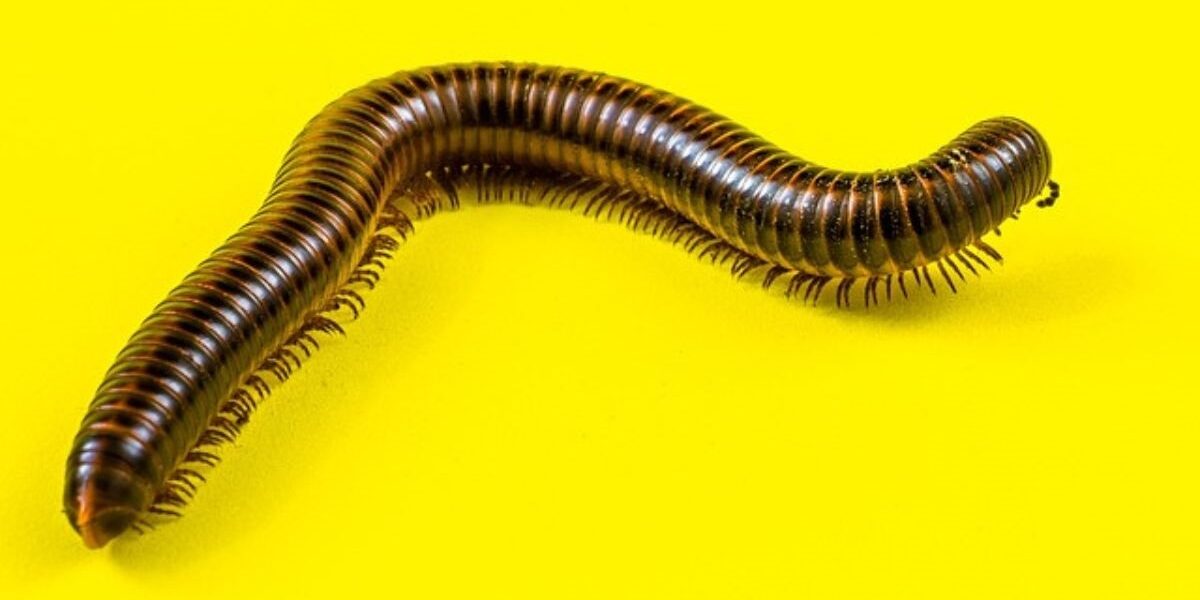

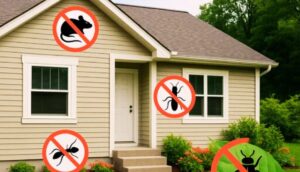

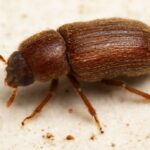
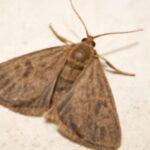
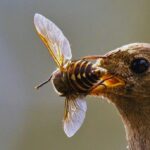
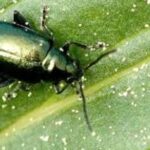
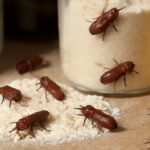
Great information here on bug control! It’s that time of year where I live where insects can start invading indoors. Those were some great steps for controlling the millipedes outdoors and indoors. The biggest problem we have is tiny ants in the kitchen. Right now, we are okay, but I fear we could see them again soon!
I am so happy to help, in the Catergory section you will find information on Ants that may help you. All the best
http://www.bugoffcontrol.com